MARCH 8, 2019
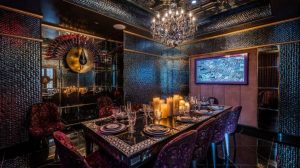 A private dining room at Punjab Grill is covered in 150,000 hand-laid mirrors. – Rey Lopez/Eater DC
A private dining room at Punjab Grill is covered in 150,000 hand-laid mirrors. – Rey Lopez/Eater DC
WASHINGTON, D.C. – The new North Indian restaurant from a global group looks like a palace
When diners step into the Penn Quarter outpost of Punjab Grill, the first stateside location of the luxury Indian brand, they’ll find a 4,700-square-foot palace made to mimic the home of a maharaja, notoriously rich rulers from the not-too-distant past.
“It’s an authentic, beautiful Indian design but we did it in a way that’s relevant and fits D.C. in 2019,” says Karan Singh, CEO of the Punjab Grill group that owns restaurants in India, Singapore, the United Arab Emirates, and Thailand.
The interior for the company’s first stateside location was assembled in India and carefully transported in five shipping containers over the past year and a half. Singh engaged two architecture and design companies, D.C.’s Grupo7 and India-based Incubis, to craft the multi-part look.
The result is an absurdly decadent space full of touches fit for a king. A solid brass bar is outfitted with a white mother-of-pearl inlay — meant to mimic the Taj Mahal — and glowing onyx details. It’s lined with 20 emerald chairs.
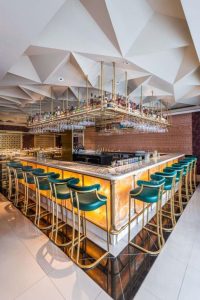
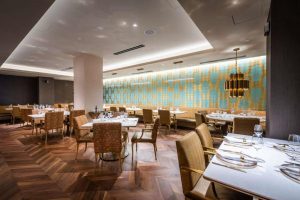
A 30-seat dining area named the “Passage to India” is located off the bar, where 200-pound tables are bolted with solid hand-carved marble legs.
“We painstakingly handpicked every element — whether it was cutlery, chargers, or glasses. Nothing is just been there to fill in the gaps. Everything was very deliberate,” Singh says.
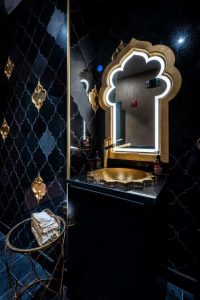
Polished granite, leather, and solid brass tiles line the bathrooms.
“At first we thought that was a bit excessive, but then that is what the maharaja is all about. There are details in places you least expect it.”
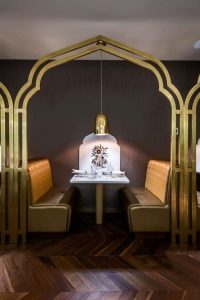
Chef Jaspratap “Jassi” Bindra leads the kitchen. The native of Kanpur, India, worked at San Francisco’s acclaimed Rooh before landing in D.C.
Singh, who’s thinking of planting more U.S. outposts in New York, Las Vegas, and Miami, might not be done with D.C.’s design just yet. He’s considering framing the outside entrance with two large lion sculptures.
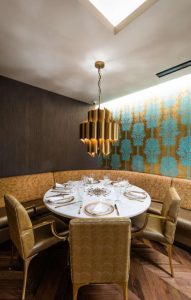
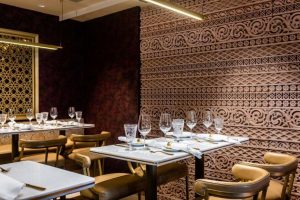
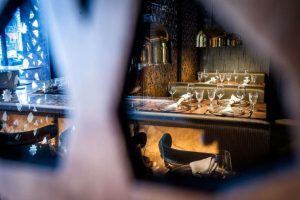
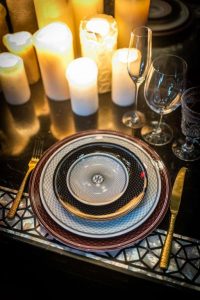
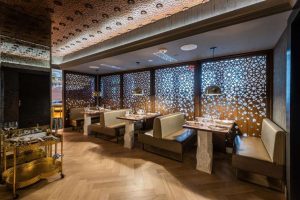
Courtesy/Source: EATER











































































































